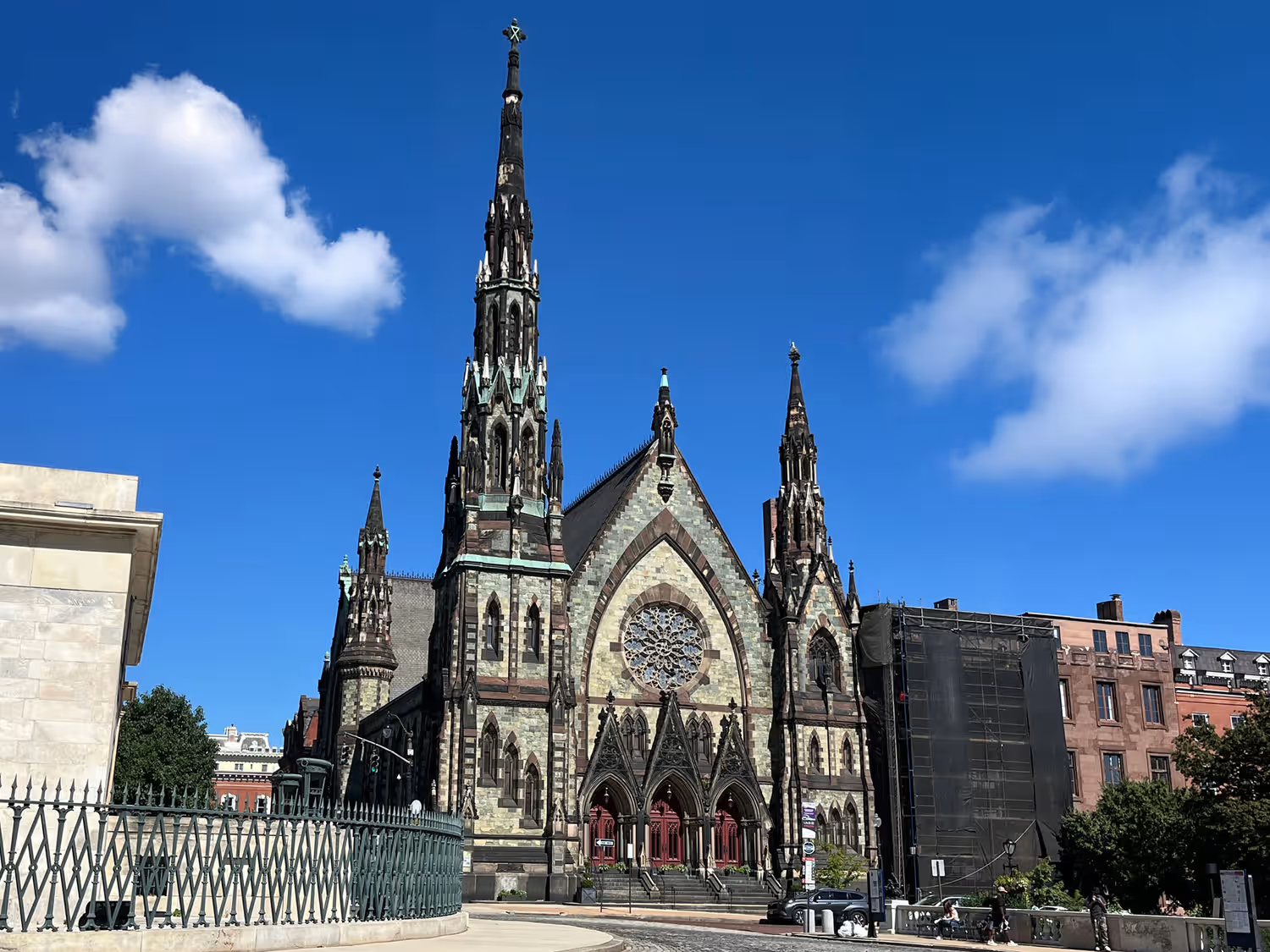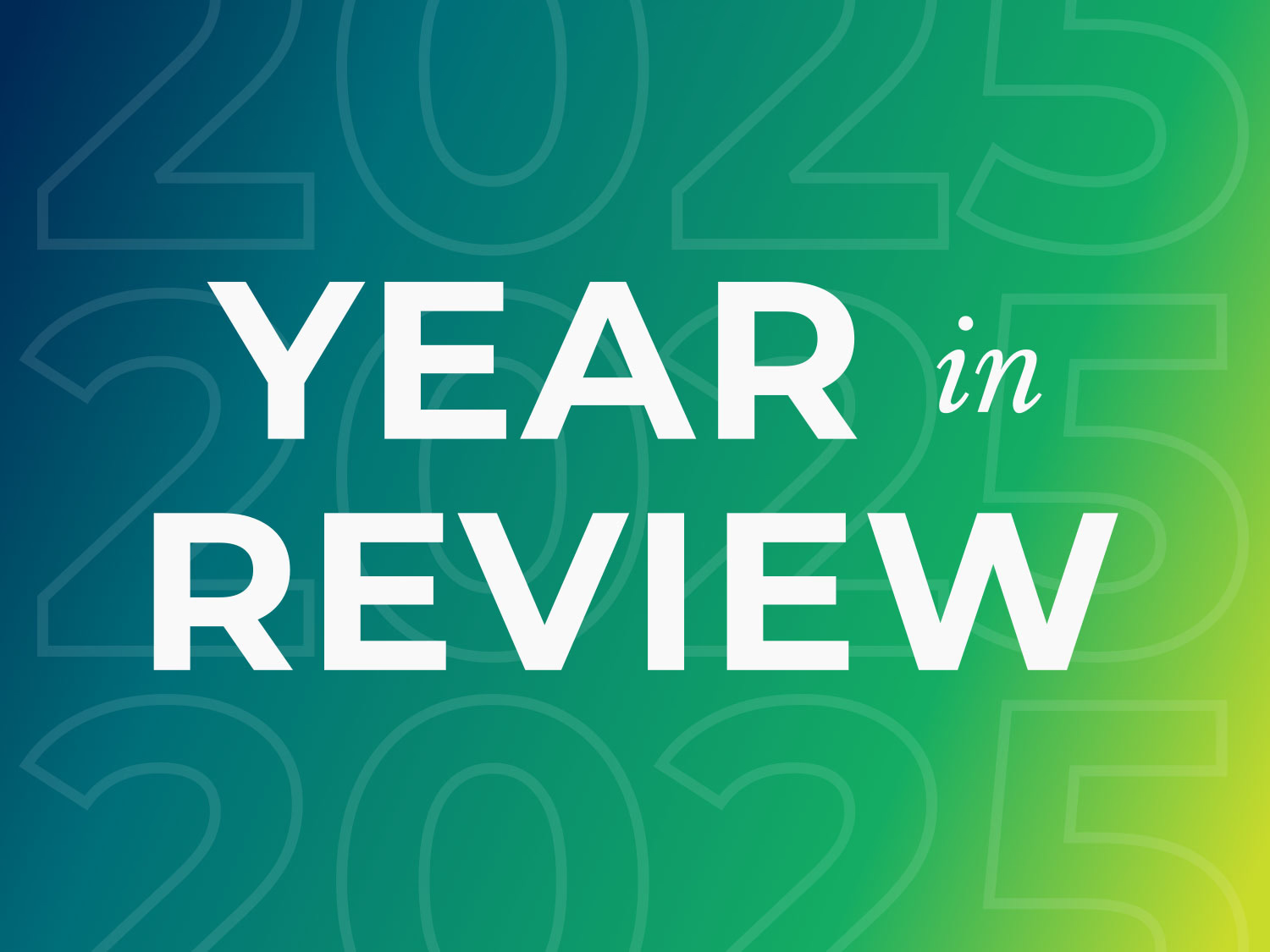The Indian Mounds Cultural Landscape Study and Messaging Plan won the National Honor Award at the 2021 American Society of Landscape Architects (ASLA) for Analysis and Planning. The project was recognized in the Analysis and Planning award category that considers the wide variety of professional activities that lead to, guide, and evaluate landscape architecture design. The ASLA Awards represent the best of landscape architecture and were presented at a ceremony at the ASLA Conference on Landscape Architecture held in Nashville, TN from November 19-22.
Quinn Evans along with collaborating landscape architects (Ten x Ten and Allies, Inc.), tribal representatives, and the City of St. Paul (Minnesota), Parks and Recreation Department crafted a plan addressing the difficult and thought-provoking challenge: How can we change a community’s perception of this landscape—an indigenous place of burial drastically altered over the last two centuries to function as the “Indian Mounds Regional Park”—toward a perspective that is informed, empathetic, and respectful of its sacredness to Indigenous Peoples? The resulting Cultural Landscape Study presents a comprehensive framework for acknowledging the sacred site and the living Indigenous People whose ancestors are buried there while protecting, preserving, and emphasizing the unique heritage of the location. strengthening appreciation of American Indian heritage; improving environmental sustainability and resilience to climate change; reducing carbon footprint; and fostering understanding through physical transformation of, and messaging within, the landscape.
Landscape interventions and messaging strategies were created through an iterative and collaborative process with the Tribal Historic Preservation Officers (THPOs), the Project Advisory Team (PAT), the community, and the City of St. Paul Parks and Recreation Department. Direct engagement and consultation with the THPOs from the Upper Sioux Community, Lower Sioux Community, Shakopee Mdewakanton Sioux, Prairie Island Indian Community, and The Ho-Chunk Nation of Wisconsin, the Iowa Tribe of Kansas and Nebraska, and the Sisseton-Wahpeton Oyate—was essential to the process.


Presented with the challenge of re-framing what had become a St. Paul, Minn., public park as a sacred place, the landscape architects were also tasked with determining sensitive messaging of the site’s cultural weight and legacy to the public via onsite signage with digital complements,” noted the 2021 Awards Jury. “Tribal representatives and city staff brought in landscape architects with an eye toward preserving ancient burial grounds and reclaiming the site as a place of reverence, not recreation. By removing pavement and contemporary additions to the land and reestablishing native plants, water systems, and habitats, the landscape architects aim to restore the land to its previous sacred state with a reinforced reverence from those who visit.
The award-winning project:
1. Establishes a platform for inclusion of Indigenous communities in decision-making about sites that are significant to them.
2. Documents the historic development and use of the landscape and conducted thorough site analysis and assessment of historic significance and integrity.
3. Recommends long-term condition of the landscape informed by guidance from associated Indigenous communities.
4. Presents messaging strategies to acknowledge and help people understand this is a sacred place of burial.
The intentional cultural landscape approach succeeds at strengthening appreciation of American Indian heritage; improving environmental sustainability and resilience to climate change; reducing carbon footprint; and fostering understanding through physical transformation of, and messaging within, the landscape.

.avif)





